Construction Industry in Crisis? – Challenges for Energy-Efficient Renovation
“The construction sector faces enormous challenges: economic crisis, climate protection, housing shortage, and increasing residential comfort are just some of the tasks that need to be addressed,” explains Jan Peter Hinrichs, Managing Director of the Federal Association for Energy-Efficient Building Envelopes (BuVEG). Not only intelligent new buildings are required, but above all responsible handling of existing buildings. This raises the question: why renovate?
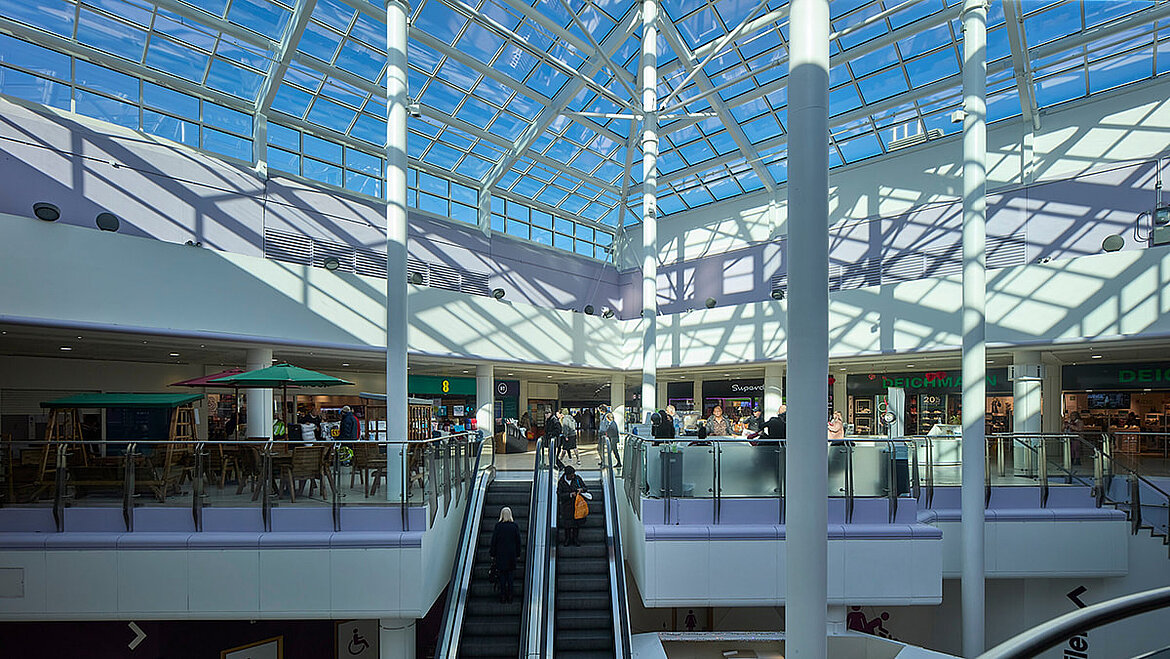
This is particularly relevant because the building sector in Germany has missed the federal government’s CO₂ reduction targets for years – with a share of around 30 percent of total emissions. Energy-efficient renovation, upgrading, and modernization thus move into the center of architectural action – a complex field of tasks that increasingly gains importance under ecological, economic, and social aspects.
Why Renovate? – Renovation Rate and Climate Goals
Against this background, we asked Jan Peter Hinrichs why renovating is particularly sensible now. “The current state of the renovation rate in Germany is alarmingly low. With only about 0.69 percent annually, only a fraction of the building stock is energetically modernized. Especially in single- and two-family houses, there is considerable catching-up to do, as energy-efficient renovation was often neglected here. The consequences are clear: high energy consumption, rising costs, and increasing strain on energy networks,” explains the expert.
These figures are especially alarming when looking into the past and future: As late as 2022, the renovation rate was 0.88 – better than today, but still too low. To achieve the 2030 climate goals and climate neutrality, the rate must rise to at least 2 percent. Reasons for the decline are primarily energy crises, high inflation rates, and rising interest rates, which caused uncertainties and thus prevented higher investments – this is also reflected in declining new construction numbers.
Hinrichs makes clear: “Without an accelerated renovation rate, massive additional financial burdens threaten from 2027 due to the EU emissions trading in the heating sector, especially for owners and residents of energetically poor buildings. There is therefore an urgent need for action to achieve climate goals and advance the energy transition.”
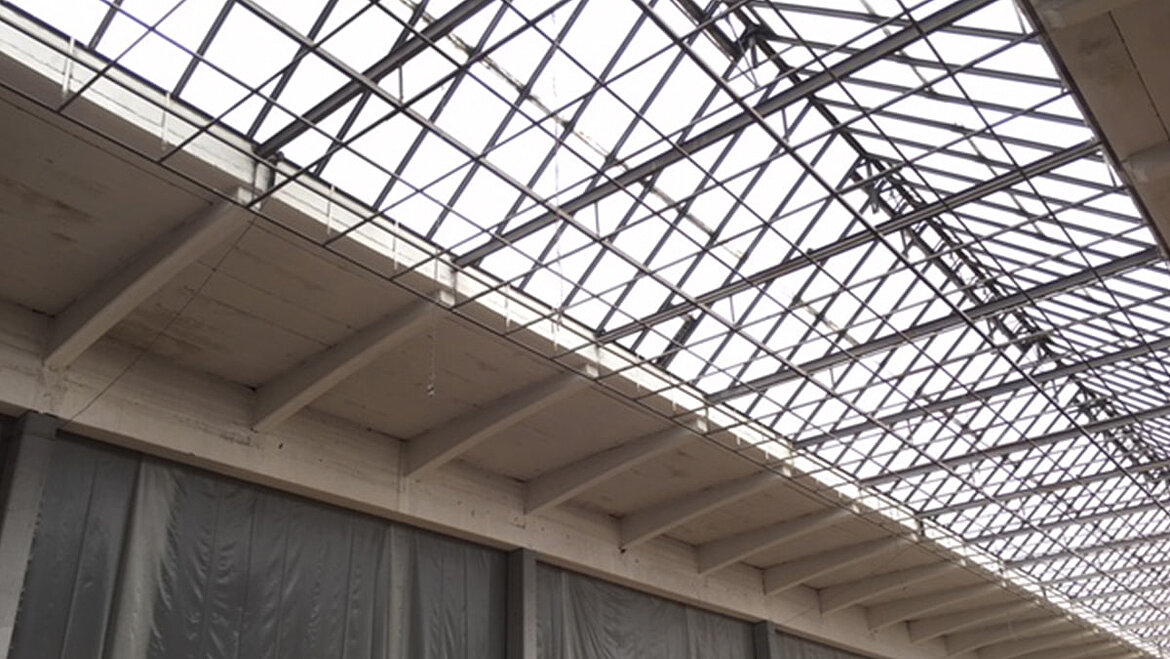
What exactly is renovation?
Renovation is on everyone’s lips. But what does it actually mean, and how does it differ from refurbishment or modernisation? You’ll find all the answers in this article.
Political Measures for Energy-Efficient Renovation
To achieve these figures for energy-efficient renovation, various measures by politics are required. Jan Peter Hinrichs explains: “At the political level, significant steps have been taken. The EU Building Directive (EPBD) requires stronger promotion of renovations, whereby national implementation is still pending. The planned amendment of the German Building Energy Act (GEG) is intended to supplement these requirements, but details are still open.” This refers to political measures aimed at achieving climate goals in the building sector. These include, among other things, the mandatory renovation of the energetically worst 16% of residential buildings, the introduction of uniform energy efficiency classes, emission-free new buildings, as well as new instruments such as renovation roadmaps.
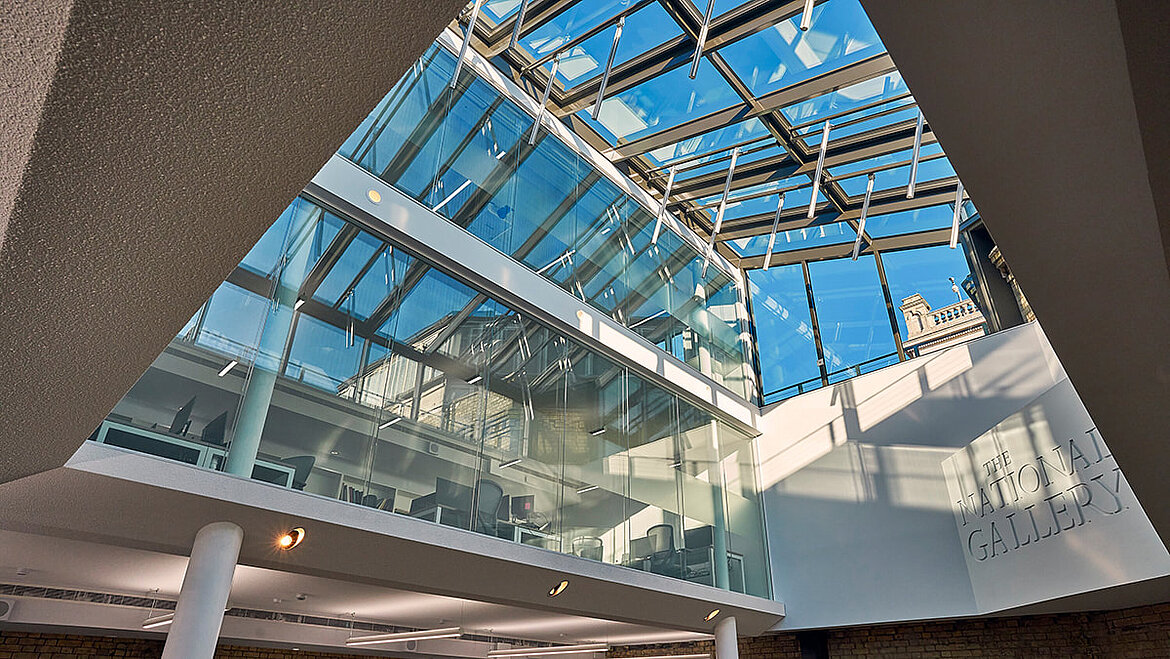
Many of these requirements are currently still in political negotiation – and this very uncertainty leads to noticeable restraint in practice. Hinrichs continues: “At the same time, interest rate fluctuations, high construction prices, and contradictory signals from politics have led to a kind of ‘attentism’ in recent years – owners hesitate to make investments in renovations. This makes it even more important to understand why to renovate.”
Advantages of Renovation – Why Renovate Improves the Construction Industry
Two-thirds of all residential buildings in Germany still fall into the low efficiency classes D to H today, while buildings of classes G and H alone account for around half of total energy consumption in the building sector. “Renovations are therefore a central component in the fight against climate change. They improve the energy efficiency of buildings, reduce CO₂ emissions, and contribute significantly to climate protection and economic growth,” Hinrichs tells us. According to him, there are important reasons why renovation makes sense:
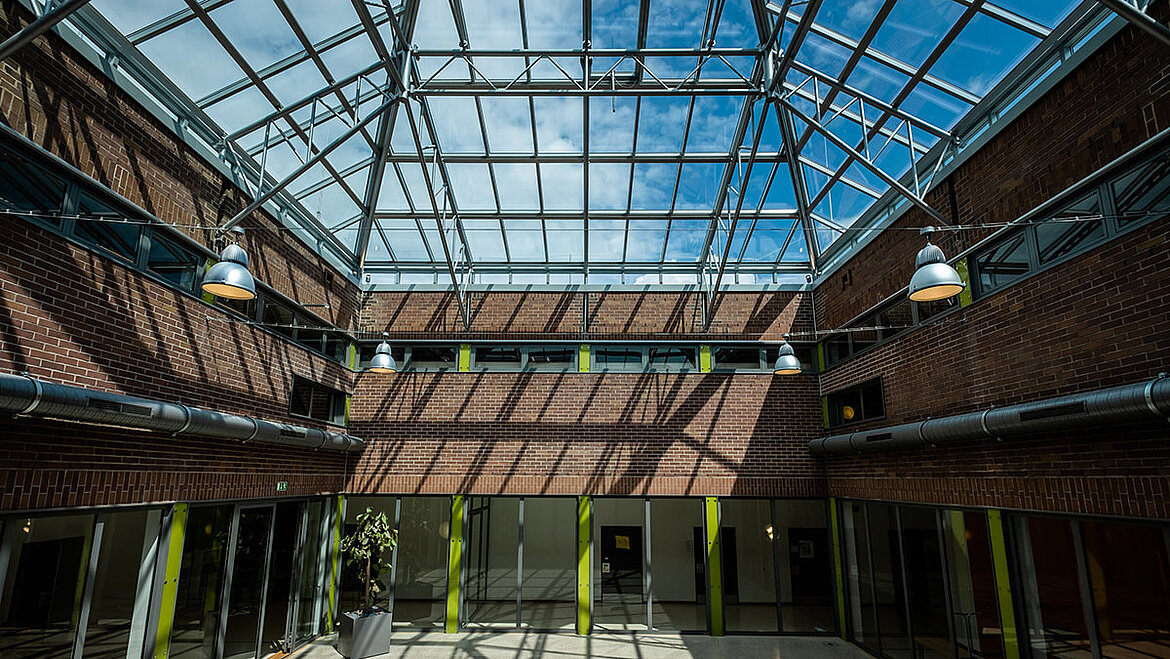
- Lower operating costs: Energy-efficient buildings consume less energy, which directly translates into lower heating costs.
- Independence from energy price fluctuations: Especially in times of volatile energy prices, good insulation, energy-efficient doors and windows, and modern heating technology protect against unexpected cost increases.
- Improved living comfort: An energy-efficient property ensures a pleasant indoor climate and increases residential value. Additionally, due to shading devices and improved thermal insulation, it offers higher resilience against increasing natural events such as heatwaves.
.
- Value increase: Renovated properties are more attractive on the market and offer better value development – an important aspect for many owners’ retirement planning.
- Positive effects on energy networks: By reducing energy demand, networks can be relieved, and investments can be calculated lower accordingly. This saves countless billions and ensures more efficient use of resources. In addition, energy optimization reduces Germany’s dependence on expensive energy imports.
- Economic impulses: Renovation activities create positive effects on the labor market and strengthen the domestic market. Increasing demand for resource-saving solutions also drives manufacturers to become creative and develop innovative products for the construction industry’s development.
Challenges of Renovation
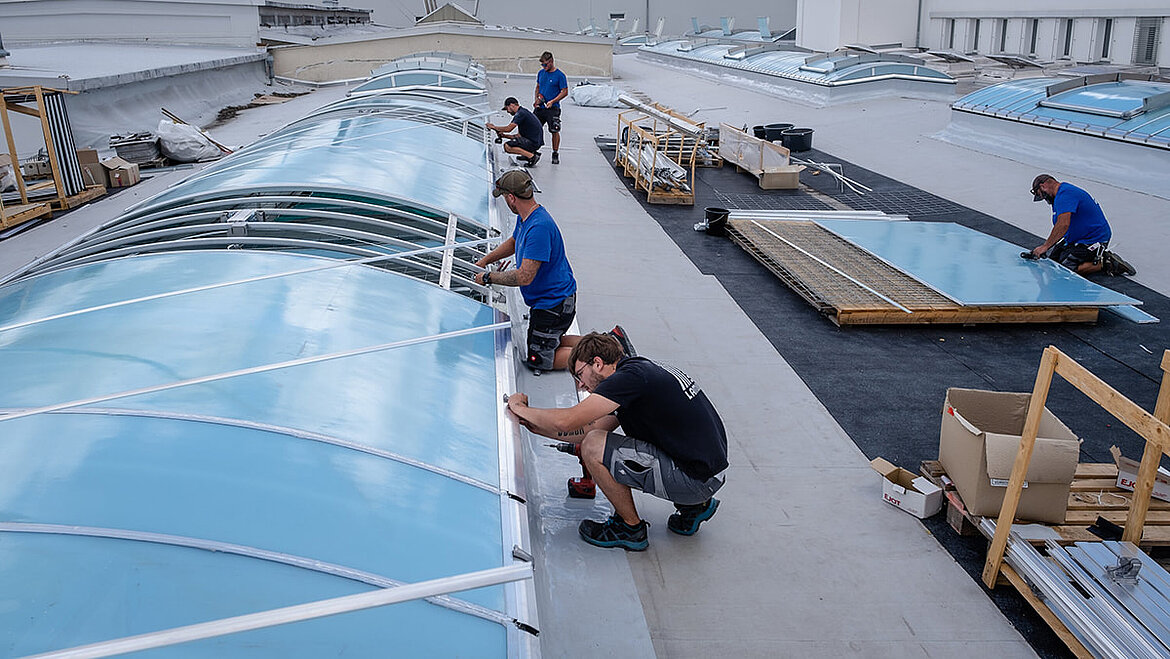
If there are so many positive effects, why do planners and owners often still hesitate to renovate? Jan Peter Hinrichs has the appropriate answer: “Despite the obvious advantages, significant hurdles exist. Many owners have only insufficient knowledge about saving opportunities and often overestimate the energy quality of their properties. The focus is often only on changing the heating system. Here, the building envelope plays an equally decisive – if not even more important – role: Without comprehensive renovation, the CO₂ savings potential of modern heating systems remains unused. Understanding why renovate is therefore crucial.”
Many debates currently focus on the so-called fuel switch – converting the heat supply to electricity. This measure alone is not sufficient: a balanced mix is needed that also focuses on consumption reduction and a high-performance building envelope to relieve networks and ensure energy security.
Hinrichs continues: “In addition, there is uncertainty due to unclear funding programs and insufficient political communication. The debate about the ‘Heating Act’ has shaken trust in renovation measures. Many owners are uncertain about which subsidies they are entitled to and how they can finance the renovation.”
Increasing the Renovation Rate – Promote Development of the Construction Industry
To navigate the path between the advantages and hurdles of renovation, support is therefore needed, explains Hinrichs: “To increase the renovation rate, clear political framework conditions are necessary. Implementing the EU Building Directive offers an opportunity to increase the renovation rate. Equally important is a targeted information campaign focusing on single- and two-family houses, as well as equal promotion of building envelope and building technology, to end the existing imbalance in funding rates. Tax incentives and stronger involvement of private capital are also essential.”
Jan Peter Hinrichs, Managing Director of BuVEG, thus has an important appeal to all planners and architects: “The current renovation rate of 0.69 percent must be urgently increased. Otherwise, significant additional burdens threaten soon, especially for owners and residents of energetically poor properties – so-called Worst Performance Buildings.” But politics must also contribute an important part according to Hinrichs: “The existing construction and renovation crisis must be urgently overcome. Germany needs macroeconomic impulses. Increasing renovation activities could be an important piece of the puzzle to kick-start the economic engine.
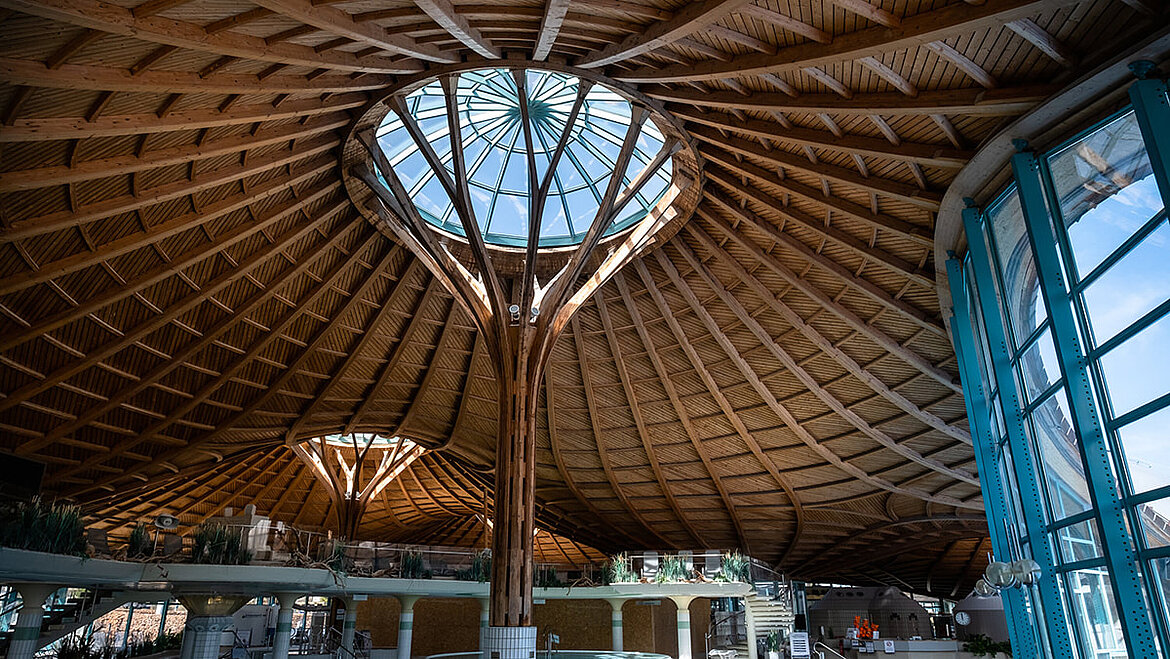
For this reason, funds from the planned special fund of the new federal government should also be used to promote energy efficiency in the building sector. Because one thing is clear: profitability and climate protection are not opposites; on the contrary: they depend on each other.”

